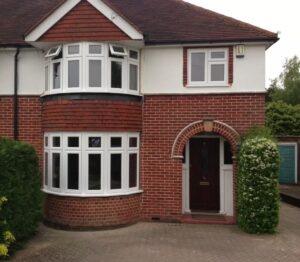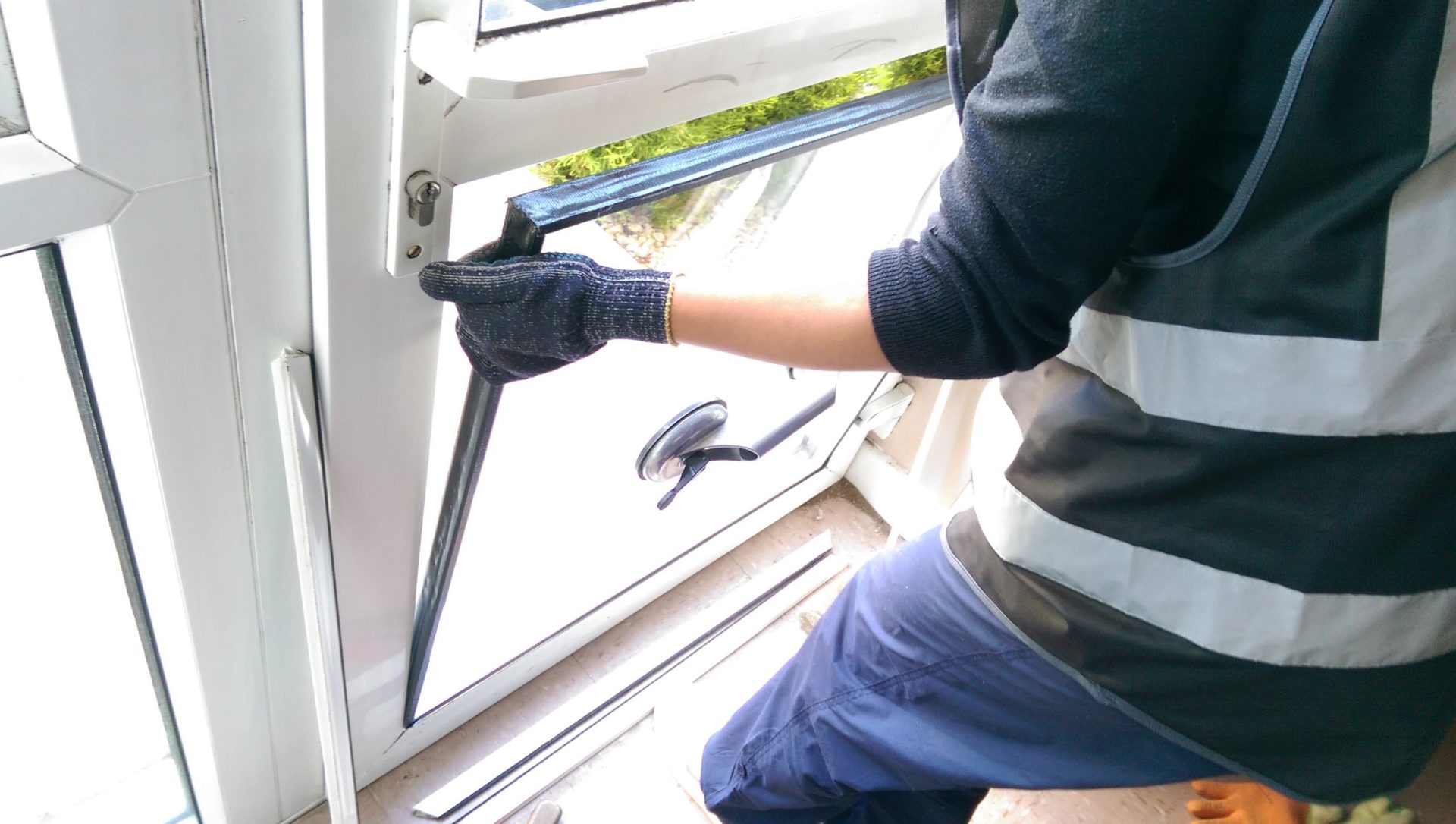professional-double-glazing7953
professional-double-glazing7953
20 Fun Facts About Double Glazing Materials
Understanding Double Glazing Materials: A Comprehensive Guide
Double glazing has actually become a standard practice in contemporary building and home restoration, mostly due to its undeniable benefits in energy performance, soundproofing, and general convenience. At the core of this innovation lies a selection of materials, each contributing distinct benefits to the double glazing phenomenon. This article explores the various products utilized in double glazing, their residential or commercial properties, benefits and drawbacks, and how they affect the overall performance of windows.
What is Double Glazing?
Double glazing is a kind of insulation that includes two panes of glass separated by a gap, usually filled with air or inert gas. This configuration serves a primary function: to reduce heat transfer between the exterior and interior of a structure. As a result, double-glazed windows assist keep heat during winter and keep areas cooler throughout summer season.
Advantages of Double Glazing
- Energy Efficiency: Minimizes heat loss, decreasing energy bills.
- Sound Insulation: Reduces outdoors sound, boosting comfort.
- Condensation Reduction: Lesser condensation means less danger of mold.
- Increased Security: Tougher than single-pane alternatives, providing higher protection versus burglaries.
- Improved Property Value: Homes with double glazing are often more enticing to buyers.
Common Double Glazing Materials
1. Glass Types
The efficiency of double glazing is mostly influenced by the kind of glass used. Below are the typical types of glass utilized in double glazing:
| Glass Type | Description | Benefits | Drawbacks |
|---|---|---|---|
| Drift Glass | Standard glass, normally used in basic applications. | Cost-effective | Less insulation compared to Low-E glass. |
| Low-Emissivity (Low-E) | Glass coated with a thin metal layer to show heat. | Outstanding insulation, maintains natural light. | Greater initial expense. |
| Tempered Glass | Heat-treated glass that is stronger and much safer. | More long lasting, resistant to effect. | Can be more pricey due to processing. |
| Laminated Glass | Glass layers bonded with a plastic interlayer. | Offers security and UV defense. | Much heavier and more costly options. |
2. Spacer Bars
Spacer bars are the materials that separate the 2 panes of glass in a double-glazed unit. Various materials can be used for this function:
| Spacer Bar Material | Description | Advantages | Drawbacks |
|---|---|---|---|
| Aluminium | Light-weight and stiff however conductive. | Long lasting and cost-effective. | Can result in condensation due to heat transfer. |
| PVC-U | A plastic alternative, less conductive compared to aluminum. | Great thermal efficiency. | Might not be as resilient as aluminum. |
| Warm Edge Technology | Typically includes a composite product. | Lowers thermal bridging, enhancing efficiency. | Normally more pricey. |
3. Gas Fills
The gap between the panes of glass can be filled with air or specific gases to enhance insulation.
| Gas Type | Description | Advantages | Drawbacks |
|---|---|---|---|
| Air | Regular air with no special residential or commercial properties. | Economical and adequate for numerous applications. | Lower insulation than gas-filled units. |
| Argon | Inert gas that is denser than air. | Exceptional thermal insulation. | More expensive than air but frequently warranted. |
| Krypton | Much heavier and more effective than argon. | Best insulation of the gas options. | Much higher expense and needs specialized methods. |
Factors Influencing the Choice of Double Glazing Materials
When picking products for double glazing, a number of elements ought to be taken into account:
- Climate: The regional climate has a significant impact on energy efficiency, dictating the requirement for particular glass types or gas fills.
- Spending plan: Initial costs may outweigh long-lasting advantages. House owners should balance upfront expenses with potential savings.
- Aesthetic Preference: Different frames and glass types offer a variety of visual styles that ought to complement the architecture of the home.
- Structure Regulations: Local structure codes may dictate particular products, requiring adherence to these standards.
Maintenance of Double Glazed Units
Beyond the installation of double Glazing replacement glazing systems, regular maintenance is important for durability and performance. Here are a few maintenance tips:
- Regular Cleaning: Use suitable cleaners for both glass and frames to avoid accumulation of dirt and grime.
- Inspect Seals: Periodically examine window seals for damage or wear, as compromised seals can considerably reduce insulation efficiency.
- Condensation Control: Monitor for condensation between panes, which might indicate seal failure and necessitate repair work.
Regularly Asked Questions (FAQs)
Q: How long do double-glazed windows last?
A: Typically, double-glazed windows can last anywhere from 20 to 35 years, depending on the quality of products and setup.
Q: Can I replace just one pane of a double-glazed unit?

A: It is typically suggested to change the whole double-glazed unit for optimal performance, as replacing just one pane can cause mismatching insulation properties.
Q: Are double-glazed units more pricey than single glazing?
A: Yes, double-glazed units typically have a greater upfront expense due to advanced products and construction, but they often spend for themselves through energy cost savings.
Q: Will double glazing reduce sound pollution?
A: Yes, double-glazing efficiently lowers outside sound, making your living environment more tranquil.
Picking the best products for double glazing is an essential action in enhancing energy performance, sound insulation, and the general comfort of a home. With different glass types, spacer bars, and gas fills offered in the market, comprehending these parts can substantially affect performance. House owners should consider their distinct requirements, choices, and regional elements to attain the best results from their financial investment in double glazing technology. Following upkeep practices and remaining notified about improvements in glazing materials will make sure long-lasting gain from this practical and vital feature of contemporary architecture.





